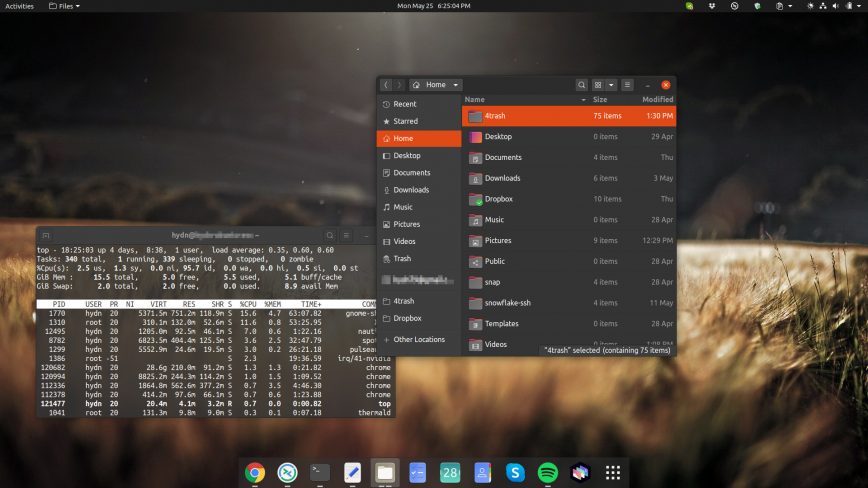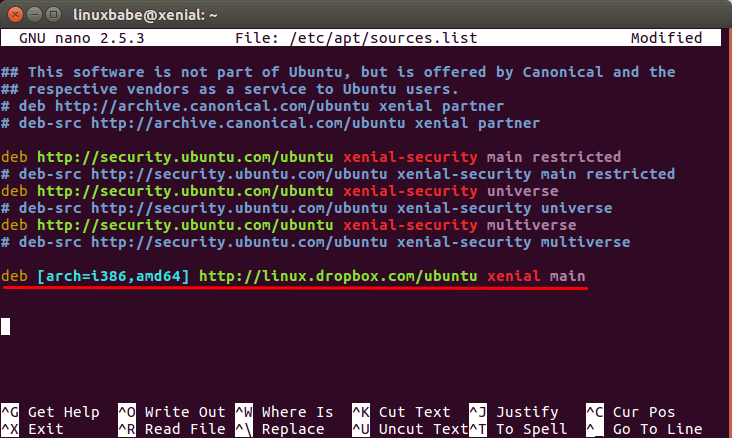Install Deb Package On Arch Linux Download
- Install Deb File Arch
- Arch Linux Install Aur Package
- Install Deb Package On Arch Linux Download 64 Bit
The Arch Linux documentation is one of the most comprehensive but it is sometimes too much for the beginner. Hence this guide to install Arch Linux in a step by step manner. What you need before installing Arch Linux? Make sure you have the following list sorted before you install Arch Linux. Arch Linux.iso file download link below. Installing Packages from source in ArchLinux. To install a third-party software package in Arch Linux access the AUR package repository page and search for the package you need to install. In our case, We are going to install Google Chrome in our Arch Linux system. Click on “Download Snapshot” in the right pane under “Package Actions.
The Arch Linux repositories are one of the most complete in all of Linux. If a program is not available in the official Arch Linux repository, it should be available in the Arch User Repository or AUR. So, this post will teach you how to install AUR packages both manually and with some helping program.
INTRODUCTION
So, if a package is available for Linux, it is unlikely you will not find it in the AUR. Many Arch users say that the AUR is one of the main reasons they use Arch Linux. If you use Arch Linux or you are about to move to Arch Linux, you will have to use the AUR sooner or later. However, installing packages from the AUR seems to be complicated if you have never done it before. But I will try to present the process in the easiest way possible.
In the first part of this post, I will show you how to install AUR packages manually. Then, in the second part, you will learn how to use some AUR helpers that simplify and automate the installation process. There are several helpers available. In the video above, I showed how to install and use Yaourt, and aurman. But both these programs are discontinued now. So, in this post, I will show you how to install and use yay, yet another yogurt. The video tutorial showing yay is at the end of this post.
Before we start I would like to warn you that all AUR packages are user-produced content, so use them at your own risk.
Prerequisites
To install AUR packages, you need to have some building programs on your system to compile a program. You will also need the git program to download the source code of the AUR packages. To install all the required packages, run the following command:
In addition, I also recommend enabling parallel compiling on your system to improve the compiling speed. To do that, open the file /etc/makepkg.conf.
It is a very large file but if you press the combination CTRL + W, you can search for a term MAKEFLAGS.
So, most likely you will have a value -j2-j2-j$(nproc)$(nproc)will define a number of available threads in your processor automatically.
Then, press CTRL+O to save the changes and CTRL+X to exit.
After that, you should be able to install AUR packages without problems.
Manual Installation
To install a program from AUR manually, you need to perform a few steps. Basically, you have to do the following:
- Find the package in the AUR.
- Clone the repository.
- Check the
PKGBUILDfile. - Compile and install the program.
1. Find the package in the AUR
On Arch Linux website, you need to go to the AUR section. and search for the package you are about to install. For example, I will search for Spotify. Spotify is not in the official repository of Arch Linux because it is proprietary software.
Then, you will see all the information about the program on the next screen. To install an AUR package, you will need to copy the link in Git Clone URL.
2. Clone the repository
After doing that, it is necessary to clone the repository git
3. Check the PKGBUILD file.
After the cloning is finished, a new folder containing the program code will be created. In this case, it is called spotify. Enter it and list its contents with the command ls. In that folder, you should see the PKGBUILD file.
You can open it with nano, explore its content and edit it if necessary. You can learn about PKGBUILD format at the Arch Linux Wiki.
4. Compile and install the program.
After that, you can start compiling it by running this command in the program directory:
Depending on the package, it can take quite some time. Next, you have to type your password to install the program.
Now, the program is installed and you can open the program from the main menu.
This way you can install any program from the AUR. As you can see, the process is quite simple, it all comes down to cloning the repository, accessing the folder, verifying the PKGBUILD file and finally, starting the installation.
Install AUR Packages using a helper
There are several AUR helpers available. You can see the full list at this page of Arch Linux Wiki. The installation procedure for these helpers is the same as manual installation from the AUR shown above. I will show how to install yay. It is recommended by the developer of aurman, which I used before, and it is also a recommended helper on Manjaro website. I also liked it after I tested it.
To start installing it, find the git URL of yay in the AUR webpage and clone the repository:
Install Deb File Arch
Now, enter the downloaded folder, build and install the program.

Arch Linux Install Aur Package
Now, yay is available for use. For example, to search for a program in the AUR, use this command:
If you already know that package name, you can install it right away with the -S option:

You can also use yay to search both the AUR and official repositories with -Ss option.
Finally, to upgrade all the packages, use this command.
As you can see from these commands yay uses the same syntax as in pacman. You can discover all available options of yay with the man command:
I hope you will enjoy using yay.
CONCLUSION
Install Deb Package On Arch Linux Download 64 Bit
The AUR is a very large source of packages for Arch Linux. It should satisfy the needs of any Linux user. If you were unsure how to use the AUR, I hope you are more confident now as you know how to install AUR packages either manually or with some a helper program such as yay.
I believe you may also like my post on “10 Things to do first after installing Arch Linux”.

- Pop!_OS
- Ubuntu
- Elementary
- Linux Mint
Packages compatible with Ubuntu and derivatives are available on the PPA.
You can add a repository using terminal to receive automatic updates:sudo add-apt-repository ppa:lutris-team/lutrissudo apt updatesudo apt install lutris
Lutris is now available on Pop!_OS through Pop!_Shop.- Debian
Packages compatible with Debian are available on the openSUSE Build Service.
You can add a repository using terminal to receive automatic updates:echo 'deb http://download.opensuse.org/repositories/home:/strycore/Debian_10/ ./' | sudo tee /etc/apt/sources.list.d/lutris.listwget -q https://download.opensuse.org/repositories/home:/strycore/Debian_10/Release.key -O- | sudo apt-key add -apt updateapt install lutris- Solus
Lutris is available in the Solus Software Center
sudo eopkg it lutris- Fedora
Lutris is available in the official repositories
sudo dnf install lutris- openSUSE
Packages for current versions of openSUSE are available from the openSUSE repositories via YaST or commandline
sudo zypper in lutris- Arch Linux
- Manjaro
You can get Lutris from the Arch Community Repository. Updates on Manjaro are delayed.
sudo pacman -S lutris- Clear Linux
Lutris is available as a bundle.
sudo swupd bundle-add lutris- Mageia
Lutris is available in Mageia App Db: https://madb.mageia.org/package/show/name/lutris
- Gentoo
Lutris is available in portage tree: https://packages.gentoo.org/packages/games-util/lutris
- Slackware
Lutris is available from the SlackBuilds repositories (may not be up to date): https://slackbuilds.org/apps/lutris/
- CentOS
For CentOS 8 and RHEL 8 You can clone this github repository to install Lutris. Please contribute to @jatin-cbs' repo on Github to improve Lutris support on CentOS.
- Tarball
Lutris is available as a tar.xz package. You can run the project directly from the extracted archive but you might not have all features installed such as the browser integration or xboxdrv support. You'll need to make sure you have the necessary dependencies for Python 3 (PyGObject3 and PyYAML).
Warning: Please do not usesetup.py installto install Lutris. It does not fully install lutris, some aspects are handled by the distribution's package manager. Additionally, Python's setuptools do not allow to easily uninstall software installed in such a manner.- Source
Lutris is constantly evolving. If you want to try out the latest features or help with the development, you can get Lutris from Github:
git clone https://github.com/lutris/lutris.git
You do not need to install Lutris to run it,cdin the source folder and run./bin/lutris -d
Warning: If Lutris isn't installed from your package manager already, some features such as browser integration or xboxdrv support will be missing. We recommend you keep the latest release version installed, even if you plan on using the development branch.
Please report all problems on the bugtracker or on IRC (#lutris on Freenode)
Icons by FatCow under CC-BY-3.0-US
